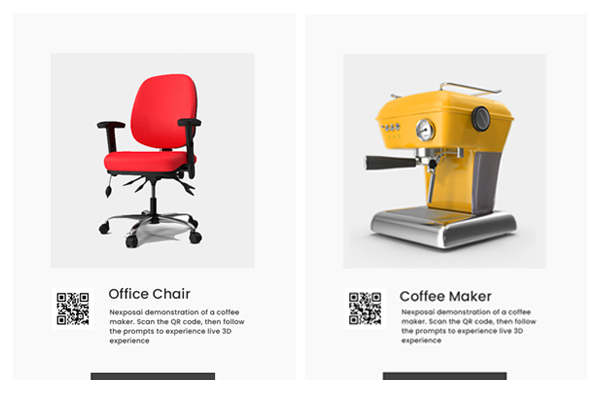Revolutionizing Manufacturing: Why AR is an Essential Technology
As technology continues to advance at an unprecedented pace, industries across the board are embracing innovative solutions to stay ahead of the curve. One such technology that has gained significant traction in recent years is augmented reality (AR). With its ability to overlay digital information onto the real world, AR is proving to be a game-changer for modern manufacturing facilities. In this article, we will explore why AR is a must-have for manufacturing and how it can future-proof your operations.
Enhanced Training and Onboarding
One of the key advantages of AR in manufacturing is its ability to streamline training and onboarding processes. Traditional training methods often involve lengthy manuals and classroom sessions, which can be time-consuming and prone to human error. AR, on the other hand, allows new employees to learn on the job by providing real-time guidance and instructions. By overlaying digital information onto physical equipment, AR enables workers to visualize complex processes, identify potential hazards, and perform tasks with greater precision. This not only reduces training time but also minimizes the risk of errors, ultimately improving overall productivity.
Efficient Maintenance and Repairs
Maintenance and repairs are an integral part of any manufacturing facility. However, identifying and resolving issues can be a time-consuming and costly endeavor. AR simplifies this process by providing technicians with instant access to relevant information, such as equipment manuals, troubleshooting guides, and step-by-step instructions. By simply wearing AR-enabled devices, technicians can visualize the inner workings of machinery, identify faulty components, and even receive real-time assistance from remote experts. This not only speeds up the maintenance process but also reduces downtime and improves operational efficiency.
Optimized Workflow and Inventory Management
AR can also play a crucial role in optimizing workflow and inventory management within manufacturing facilities. By overlaying digital information onto physical spaces, AR can guide workers through complex assembly processes, ensuring that each step is completed accurately and efficiently. Additionally, AR can provide real-time inventory updates, allowing workers to quickly locate and retrieve the necessary components. This not only minimizes errors but also reduces the time spent searching for items, ultimately improving overall productivity and reducing costs.
Improved Quality Control and Inspection
Quality control and inspection are paramount in manufacturing, as even the smallest defects can have significant consequences. AR can enhance these processes by providing real-time visualizations and overlays that highlight potential issues or deviations from specifications. By comparing the digital overlay with the physical product, inspectors can quickly identify defects, measure tolerances, and ensure compliance with quality standards. This not only improves the accuracy of inspections but also reduces the time required for manual checks, enabling faster production cycles.
Future Outlook and Conclusion
The potential of AR in manufacturing is vast and continues to expand as technology advances. With the advent of 5G networks, the integration of artificial intelligence, and the development of more sophisticated AR devices, the possibilities for enhancing manufacturing operations are virtually limitless. From improving worker safety to increasing productivity and reducing costs, AR is proving to be an essential technology for modern manufacturing facilities.
As a mid-high level business executive, it is crucial to stay ahead of the competition and embrace technologies that can future-proof your operations. By incorporating AR into your manufacturing facility, you can unlock a world of possibilities and gain a competitive edge in the market. So, don’t wait any longer – explore the potential of AR and revolutionize your manufacturing processes today!





